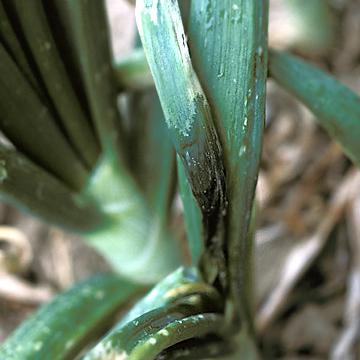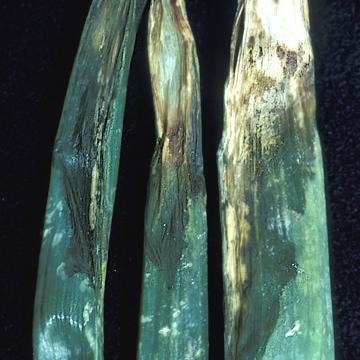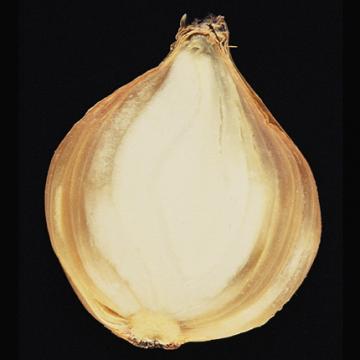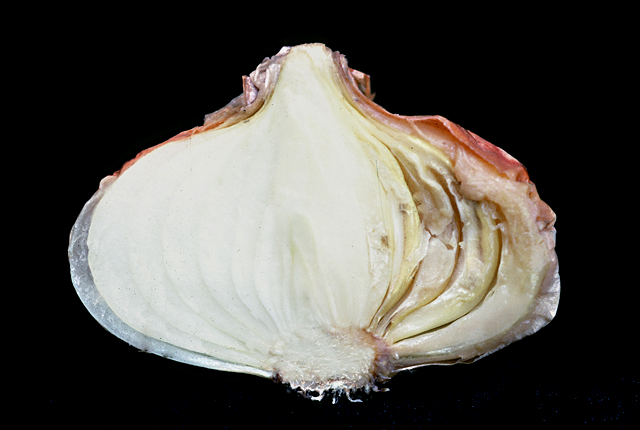DISEASE: Bacterial flower stalk and leaf necrosis
HOST: Onion
Dark, rotted areas of stalk and leaves caused by systemic invasion of the pathogen.
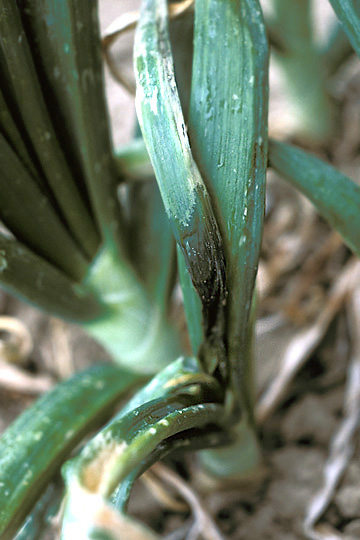
Bacterial flower stalk and leaf necrosis | Onion
DISEASE: Bacterial flower stalk and leaf necrosis
HOST: Onion (Allium cepa)
PATHOGEN: Pseudomonas marginalis pv. marginalis
SOURCE: S. Mohan
DISEASE: Bacterial flower stalk and leaf necrosis
HOST: Onion
Gray-brown rot of onion after inoculation. Disease starts as small, water-soaked lesions that later develop into slimy, gray-brown rot. The disease progresses downward from the stalk and may rot the entire bulb.
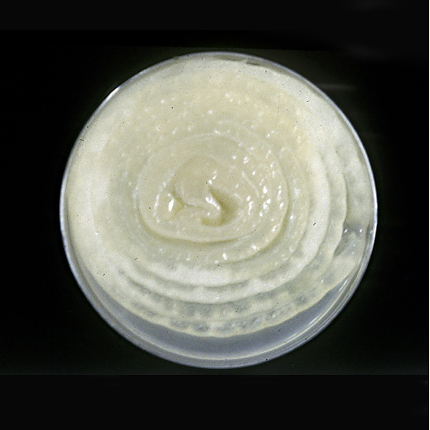
Bacterial flower stalk and leaf necrosis | Onion
DISEASE: Bacterial flower stalk and leaf necrosis
HOST: Onion (Allium cepa)
PATHOGEN: Pseudomonas marginalis pv. marginalis
SOURCE: R. Gitaitis
DISEASE: Bacterial flower stalk and leaf necrosis
HOST: Onion
Leaves with necrosis and rot. The common name for this disease is the same as those used for two other diseases. Also, another common name for this disease is bacterial soft rot.
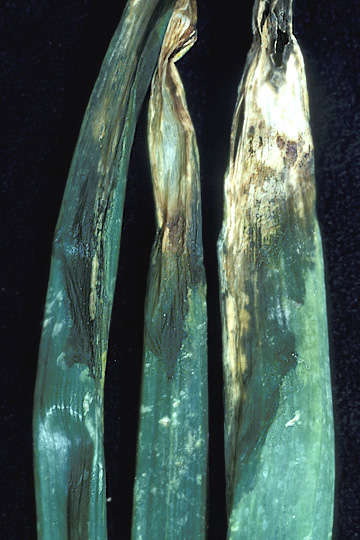
Bacterial flower stalk and leaf necrosis | Onion
DISEASE: Bacterial flower stalk and leaf necrosis
HOST: Onion (Allium cepa)
PATHOGEN: Pseudomonas marginalis pv. marginalis
SOURCE: S. Mohan
DISEASE: Bacterial pocket
HOST: Beet
Sugar beets with many small tubercles at infection sites.
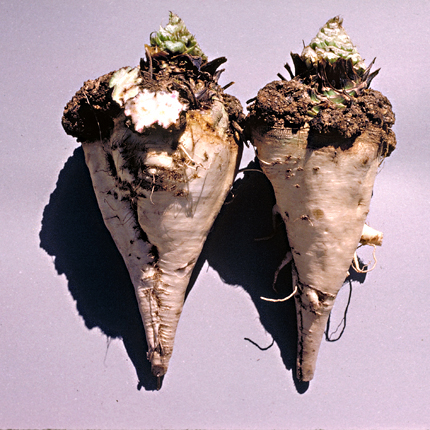
Bacterial pocket | Beet
DISEASE: Bacterial pocket
HOST: Beet (Beta vulgaris)
PATHOGEN: Xanthomonas axonopodis pv. betlicola
PATHOGEN SYNONYM: Xanthomonas campestris pv. betlicola
SOURCE: C. Schneider
DISEASE: Sour skin
HOST: Onion
Symptoms of sour skin are characterized by slimy, pale yellow to light brown decay.

Sour skin | Onion
DISEASE: Sour skin
HOST: Onion (Allium cepa)
PATHOGEN: Burkholderia cepacia
PATHOGEN SYNONYM: Pseudomonas cepacia
SOURCE: Dep. of Agric. & Agri-Food, Government of Canada


